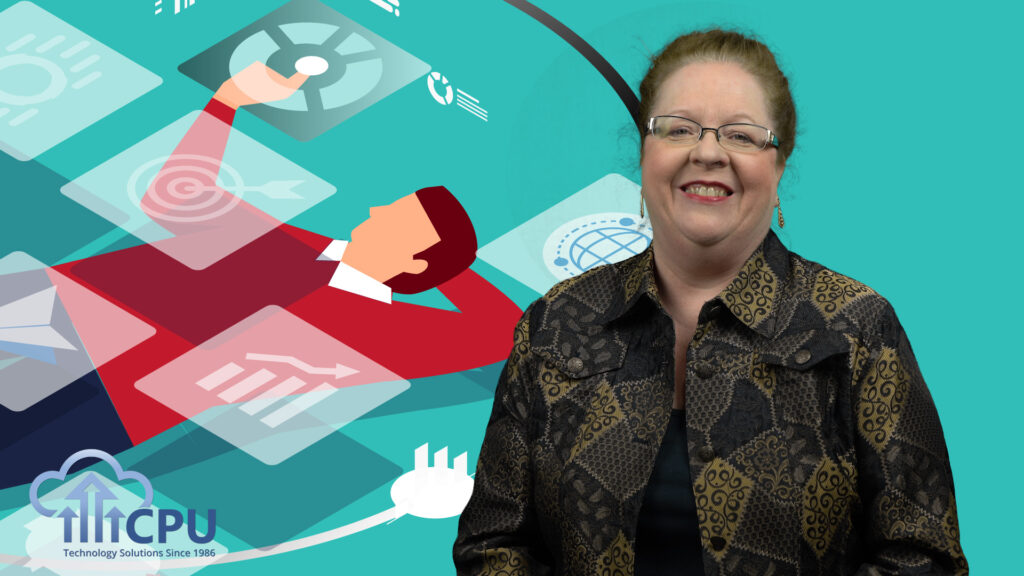What Does End Of Life Mean For Windows 7?
All support for Windows 7 will end on January 14, 2020. This means no more bug fixes or security updates.
Now, that doesn’t mean it’ll stop working at the stroke of midnight that day, so you can keep using it if you choose. However, a lack of support will lead to other issues.
What Challenges Will You Face If You Don’t Upgrade?
Let’s be clear: it’s not a good idea to continue using Windows 7 after it’s no longer receiving support.
All other products that interact with Windows 7 will also stop providing support for it. Computer manufacturers will no longer support Windows 7, meaning devices like printers, desktops, laptops and more won’t be guaranteed to work as they should.
Software vendors for your line of business applications won’t support Windows 7 any longer. Your security programs and third-party browsers won’t support Windows 7. When you browse the Web, you could be exposed to cyber threats.
Furthermore, no support means no updates, and no updates means no critical patches or fixes to protect you against cyber threats looking to exploit gaps in your security. There is no substitute for these patches. Without them, you have no choice but to upgrade to a newer supported OS.
Without security updates and bug patches, you open yourself up to a number of risks:
- Malware infection
- Out of date anti-virus
- Expired online banking protections
- Exposed private data
How Can You Prepare For End Of Life?
The simplest course of action is to start planning your move to Windows 10, the newer operating system offered by Microsoft. In addition to protecting you from an unsupported operating system, upgrading from Windows 7 to Windows 10 will offer a number of benefits:
- Your hardware will run more efficiently and responsively.
- Windows 10 will make better use of the available resources (such as hard drive storage space).
- Your security will be more robust, up to date, and reliable.
That said, upgrading to an entirely new system doesn’t necessarily sound easy, does it? Migrating can be complicated, time-consuming and prone to missteps.
However, that’s not to say that there isn’t a better way to handle the upgrade…
What Role Does The Cloud Play In This Process?
By virtualizing your desktop in the cloud, you gain access to a range of new technologies and benefits, including:
- Windows 10, Microsoft’s current flagship operating system
- Virtualized desktops that are better protected against cybercrime threats
- Convenient and secure access to your data from any device
Still Unsure About Upgading To Windows 10?
End Of Life is just a part of doing business – no matter what hardware or software you use, eventually it’ll reach the end of its life. Every Windows operating system has a lifecycle. It’s important that you stay up-to-date about essential End-of-Life dates.
This will help you make informed decisions about when to upgrade or make other changes to your software or hardware. Furthermore, we will help you make informed decisions about when to upgrade or make changes to your other software or hardware.
If you need help in managing End Of Life, allow us to assist – our team can help you build a plan for migrating to powerful and user-friendly virtualized desktops.
Like this article? Check out the following blogs to learn more:
Can The Cloud Help With Your Clients’ IT Security?
How Can You Increase Your Recurring Revenue?
How Can You Use The Cloud To Keep Your Clients’ Data Safe?
Published on 29th October 2019 by Jeanne DeWitt.


